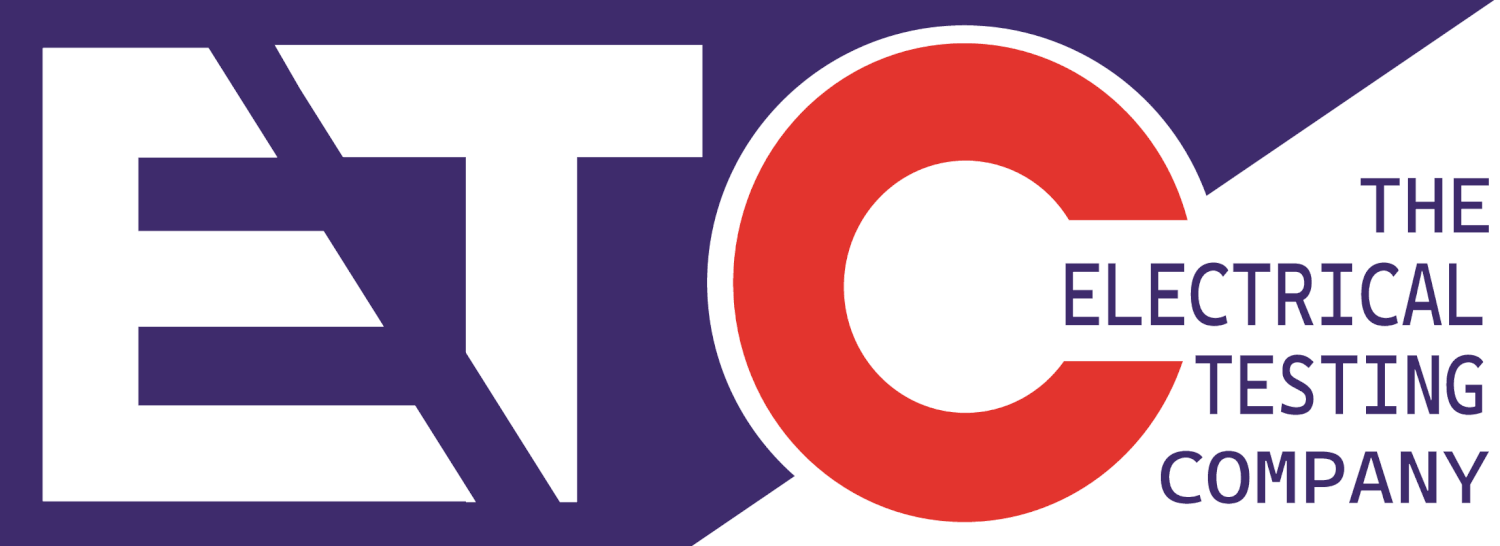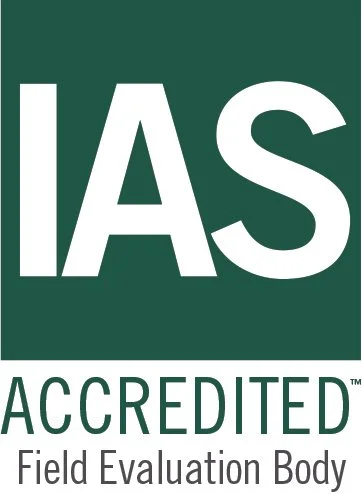The Electrical
Testing
Company, LLC
About THe Electrical Testing Company, LLC
ETC has been an independent testing company and a reliable provider of electrical testing and engineering services since June 2014.
ETC conducts tests, inspections and field evaluations in compliance with the latest edition of specific codes, standards and specifications of the following organizations:
American National Standards Institute (ANSI)
American Society for Testing and Materials (ASTM)
Institute of Electrical and Electronics Engineers (IEEE)
Insulated Cable Engineers Association (ICEA)
International Accredited Services (IAS)
International Electrical Testing Association (NETA)
National Electrical Manufacturer’s Association (NEMA)
National Fire Protection Association (NFPA)
Occupational Safety and Health Administration (OSHA)
State and Local Codes and Ordinances
Underwriters Laboratory (UL)
ETC is based in Hayward, California, and has a growing list of satisfied customers nationwide.
ETC’s technically qualified, equipped and professional personnel ensure that any project is completed in a timely manner.
ETC provides emergency services 24 hours a day, 7 days a week.
Our Services
Please visit Our Services Page for a full comprehensive list of our services.
-
The Electrical Testing Company, LLC (“ETC”) offers a comprehensive Maintenance Program for your electrical equipment. The equipments' included are: Automatic Transfer Switch (ATS), Switchgears, Transformers, Generators, Battery Bank, Uninterruptible Power Supply (UPS), Circuit-Breakers, Protective Relays, and more.
-
Electrical Acceptance Testing is a physical inspection and testing process that ensures electrical equipment, and systems are installed correctly, operational, and meet design specifications. This process is performed before the equipment is put into operation or before the electrical system is commissioned and started up.
-
Protective relays are electrical devices that are a vital component of the electrical power grid and are used in substations to protect equipment, power lines, and outgoing lines. The relays can sense abnormal conditions in electrical circuits, such as defective equipment or lines, and other dangerous power system conditions. It initiates action in response to measurements of current and voltage, and then commands a circuit breaker to trip or close or initiate other control circuit actions. It prevents damage. For example, if a fault is detected in a transmission line, the protective relays at both ends can be triggered to isolate the line.
Protective relays come in many types and have a variety of functions, including overcurrent, rotating-disk watt-hour meters, and microprocessor-based relays. They often work with auxiliary relays, which respond to control system currents or voltages to complete a protection and control scheme.
-
A ground-fault circuit-interrupter (GFCI) is an electrical device, either a receptacle or circuit breaker, which is designed to protect people from electric shock. A GFCI de-energizes the circuit when the leakage current level reaches 5 ± 1 mA in 1/40th of a second. This value of current is well below heart fibrillation levels.
A Ground-Fault Protection (GFP) of equipment is defined in the National Electrical Code (NEC) [1] in Article 100 as “a system intended to provide protection of equipment from damaging line-to-ground-fault currents by operating to cause a disconnecting means to open all ungrounded conductors of the faulted circuit. This protection is provided at current levels less than those required to protect conductors from damage through the operation of a supply circuit overcurrent protection device.” A GFPE can be set up to 1,200 amperes with a time delay of up to 1 second for ground-fault currents of 3,000 amperes or greater, which would be lethal to a human being.
Ground fault protective devices (GFPs) like ground fault relay equipment require periodic maintenance and electrical testing by qualified personnel. This is because GFPs have components and mechanisms that can fail or malfunction.
NEC® Article 230.95 states that ground-fault protection of equipment shall be provided for solidly grounded wye electrical services of more than 150 volts to ground, but not exceeding 600 volts phase-to-phase for each service disconnecting means rated 1000 amperes or more.
-
Generator Maintenance allows companies to be prepared during emergency situations and needs to be regularly inspected and tested to ensure that they are ready during important situations. Generator maintenance includes visual inspection, battery testing, engine exercises, oil replacement, oil filter replacement, fuel filter replacement, coolant replacement (per manufacturer’s recommendation), and an annual load bank test per NFPA 110. With monthly and yearly maintenance, we can ensure that your generators are always ready for your emergency needs.
-
The ATS is a device that transfers power to a backup source when the primary source fails. ATS devices work by monitoring the parameters of the normal power source. When the ATS senses a lack of energy from the primary source, it will switch the power source to a backup generator or back up source of electricity.
The Automatic Transfer Switch (ATS) works in tandem with the generator system to provide commercial business and Healthcare Facilities with a dependable energy solution regardless of the circumstances. Whether dealing with a routine inspection, or in the face of an unexpected outage, you can rely on your switch to bring you the power you need!
But without proper maintenance of your ATS, you could have malfunctioning equipment in your system. It is a total fact that the majority of ATS and Generator failures in an outage could be avoided with routine maintenance and testing.
-
The Electrical Testing Company LLC (ETC) is certified as a Field Evaluation Body by the International Accreditation Services (IAS). IAS is part of the International Code Council (ICC), a nonprofit organization that has been providing accreditation services since 1975. Our field evaluation services can ensure that any red-tagged, unlisted or modified listed equipment will be evaluated to local code and standards to keep your business in compliance with regulatory requirements and be acceptable to the Authority Having Jurisdiction (AHJ).
-
ARC- Flash Hazard Analysis should be performed every 5 years when electrical systems undergo major changes. The ARC- Flash Hazard Analysis determines the arc-flash risks that are present within the workplace. ARC- Flash Hazard Analysis can reveal the likelihood of severe injury on-site, incident energy exposure , and miscoordination of overcurrent protection devices.
-
A single-line typically starts at the top of the page and works its way down. It will start with the utility or other means of incoming power and its disconnecting device. It will then flow down to the distribution equipment like a switchboard or MCC and then finally it will end with the loads, like a motor or panelboard.
To give you an accurate picture of your electrical system, the single-line diagram information normally includes: Incoming lines (voltage and size) Incoming main fuses, potheads, cutouts, switches and main/tie breakers. Power transformers (rating, winding connection and grounding means).
-
Please visit Our Services page for a full comprehensive list of our services.
Contact Us Below
✦
Contact Us Below ✦


